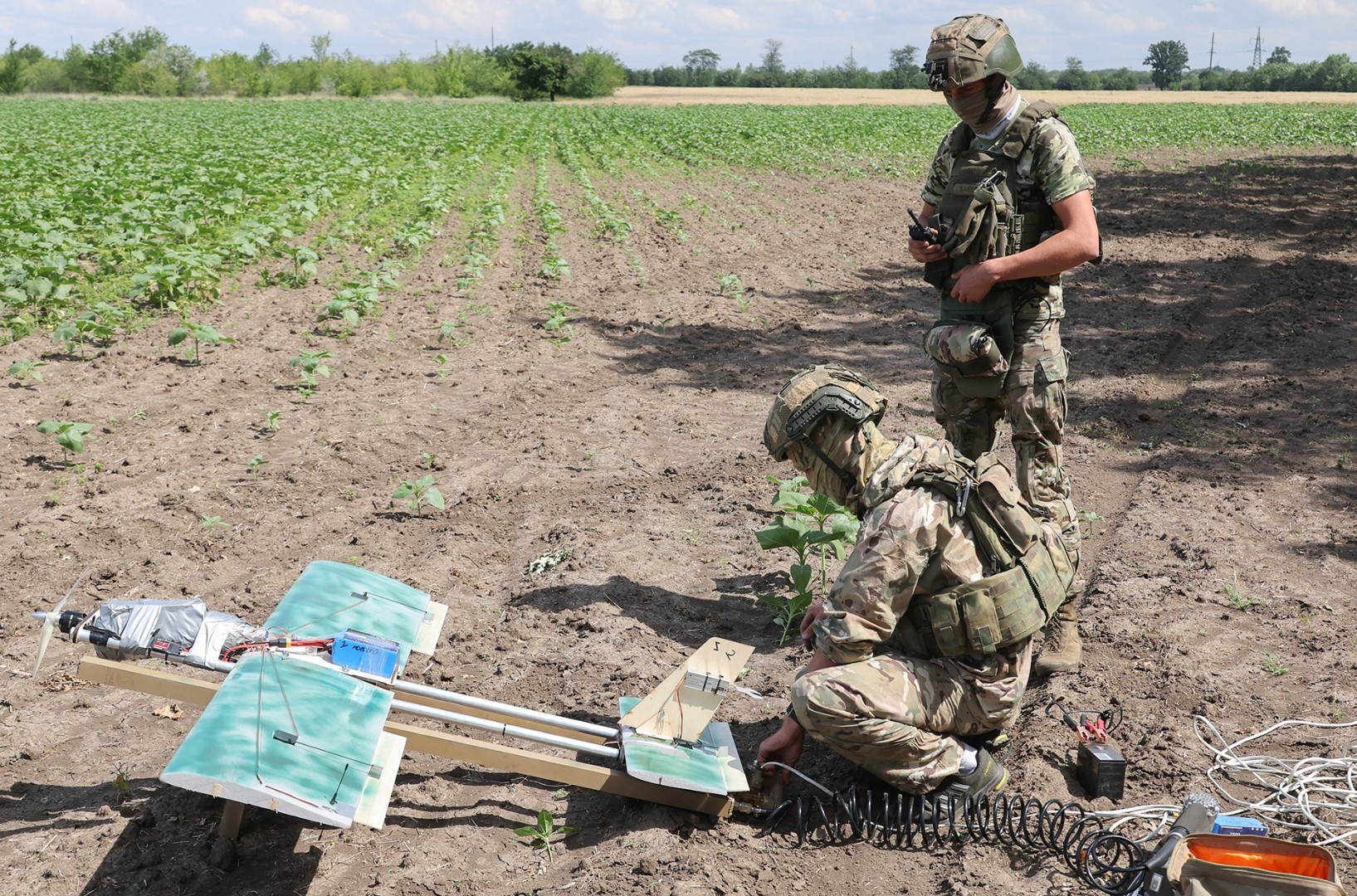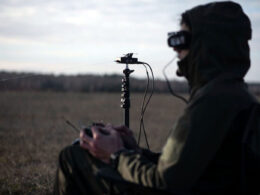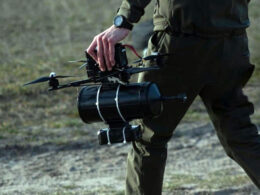Russian forces are deliberately equipping their drones with shrapnel and ammunition to maximize harm to Ukraine's civilian population, according to Anatolii Khrapchynskyi, Deputy Director of a Ukrainian electronic warfare production company, according to Kyiv24.
"The Russians have been actively using its Molniya unmanned aerial vehicle for over a year, particularly along the front lines against the Ukrainian military. We've observed them packing explosive payloads with shrapnel or even attaching ammunition, which can lead to significant civilian casualties near the drone's impact site," explained Khrapchynskyi.
He highlighted that countering such weapons requires electronic warfare systems capable of operating at ranges of 20-30 kilometers.
"It’s vital to down these drones from as far away as possible, preventing them from reaching critical infrastructure or urban areas. Besides the Molniya, the Russians are also actively deploying standard FPV drones, especially in frontline and border regions. Their tactics show no regard for conventions, as they wage war like terrorists," Khrapchynskyi concluded.
Earlier, the Ukrainian Intelligence Agency said that Russia uses
components made in China, Switzerland, the US, and the Netherlands to produce Molniya UAVs with a flight range of up to 40 km and a warhead of up to five kg, which is ten times less than the Shahed's.
In November 2024, Russia targeted a high-rise building and a shopping center in Kharkiv, injuring several people. Given that the Molniya is controlled and guided directly by the operator, civilian objects were targeted deliberately.
Recently, the agency has launched a new section on the War & Sanctions portal featuring data on Russian weapons and military equipment manufacturers. The first category covers producers of unmanned aerial vehicles, which are used in the war against Ukraine.
Related:
- Russian double-tap air attack on Zaporizhzhia kills man, injures 46 including two-month-old boy
- No Russian drone hits target as Ukraine neutralizes 131 UAVs
- Russian drone attack injures boy, 12, in Kyiv Oblast, damages Izmail river port, hits Romania
- Starmer vows UK’s “full part” in potential Ukraine peacekeeping





